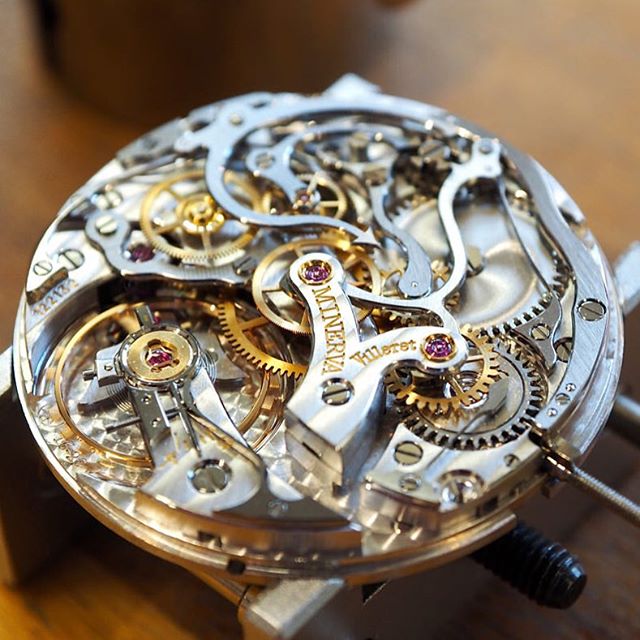 Editor’s note: As the watch buying and horological community becomes more astute by the day, thanks in no small part to social media, in-house movements seem almost paramount to a brand’s sales success. But, as Sandra Lane posited earlier this year, do they actually matter at all? And does the phrase “in-house” really mean manufactured in-house? Personally, having been fortunate enough to own quite a few timepieces over the years, I can say that, anecdotally, the most reliable watches I have worn possessed movements from the likes of ETA and Sellita. It’s a horological point of contention that I think is going to rage on for some time, and Sandra’s deep-dive on the subject is well worth the read. If you’re considering buying a new watch, one of the least important questions you should ask is: “Does it have an in-house movement?” To be blunt: the mere existence of an in-house movement does not necessarily equate to a better watch. So why do we see the in-house claim being made by so many watch brands? Why do they use it like a badge of honour, a mark of prestige and exclusivity, a (strongly implied) guarantee of superior quality – and…
Editor’s note: As the watch buying and horological community becomes more astute by the day, thanks in no small part to social media, in-house movements seem almost paramount to a brand’s sales success. But, as Sandra Lane posited earlier this year, do they actually matter at all? And does the phrase “in-house” really mean manufactured in-house? Personally, having been fortunate enough to own quite a few timepieces over the years, I can say that, anecdotally, the most reliable watches I have worn possessed movements from the likes of ETA and Sellita. It’s a horological point of contention that I think is going to rage on for some time, and Sandra’s deep-dive on the subject is well worth the read. If you’re considering buying a new watch, one of the least important questions you should ask is: “Does it have an in-house movement?” To be blunt: the mere existence of an in-house movement does not necessarily equate to a better watch. So why do we see the in-house claim being made by so many watch brands? Why do they use it like a badge of honour, a mark of prestige and exclusivity, a (strongly implied) guarantee of superior quality – and…
The post Are in-house movements actually important? appeared first on Time and Tide Watches.
Continue reading ‘Are in-house movements actually important?’